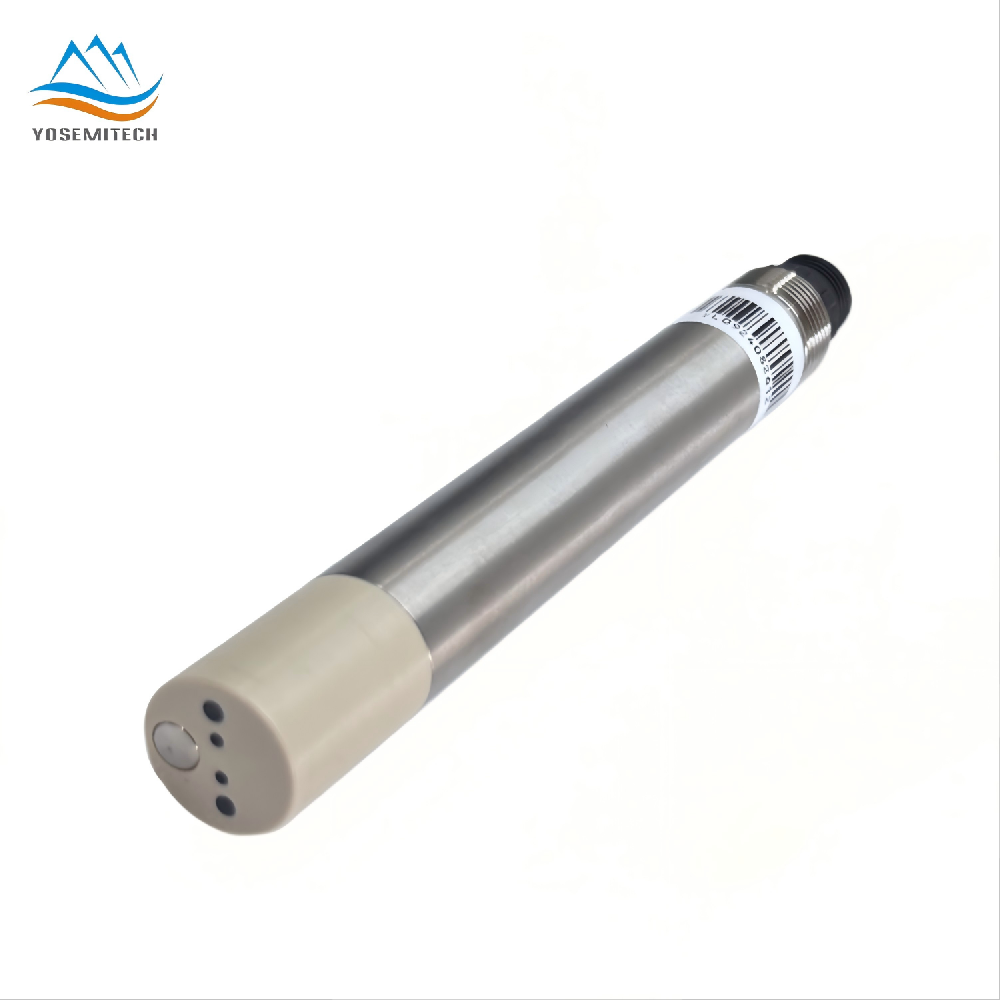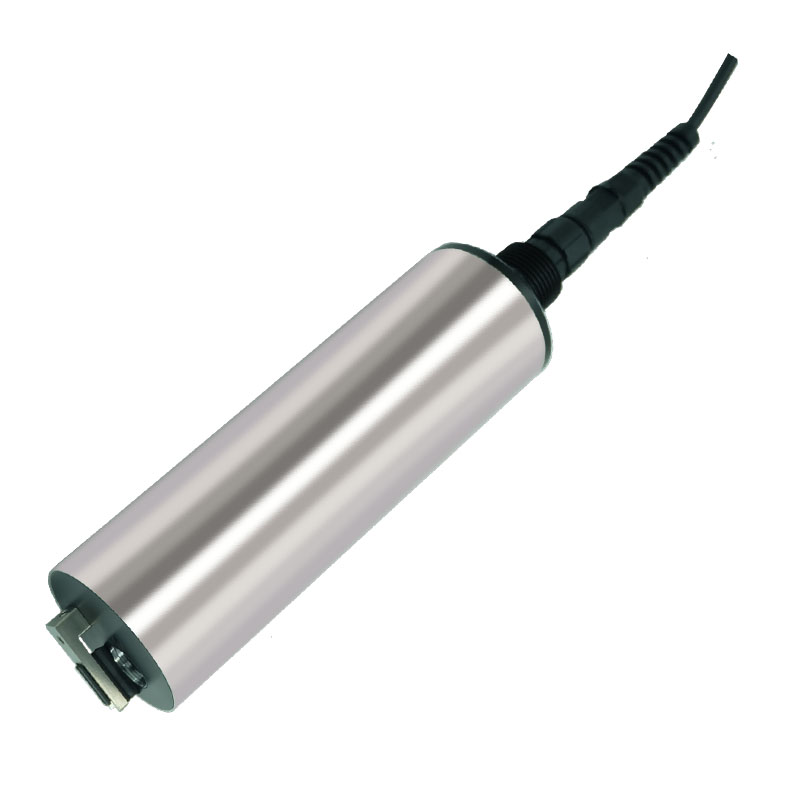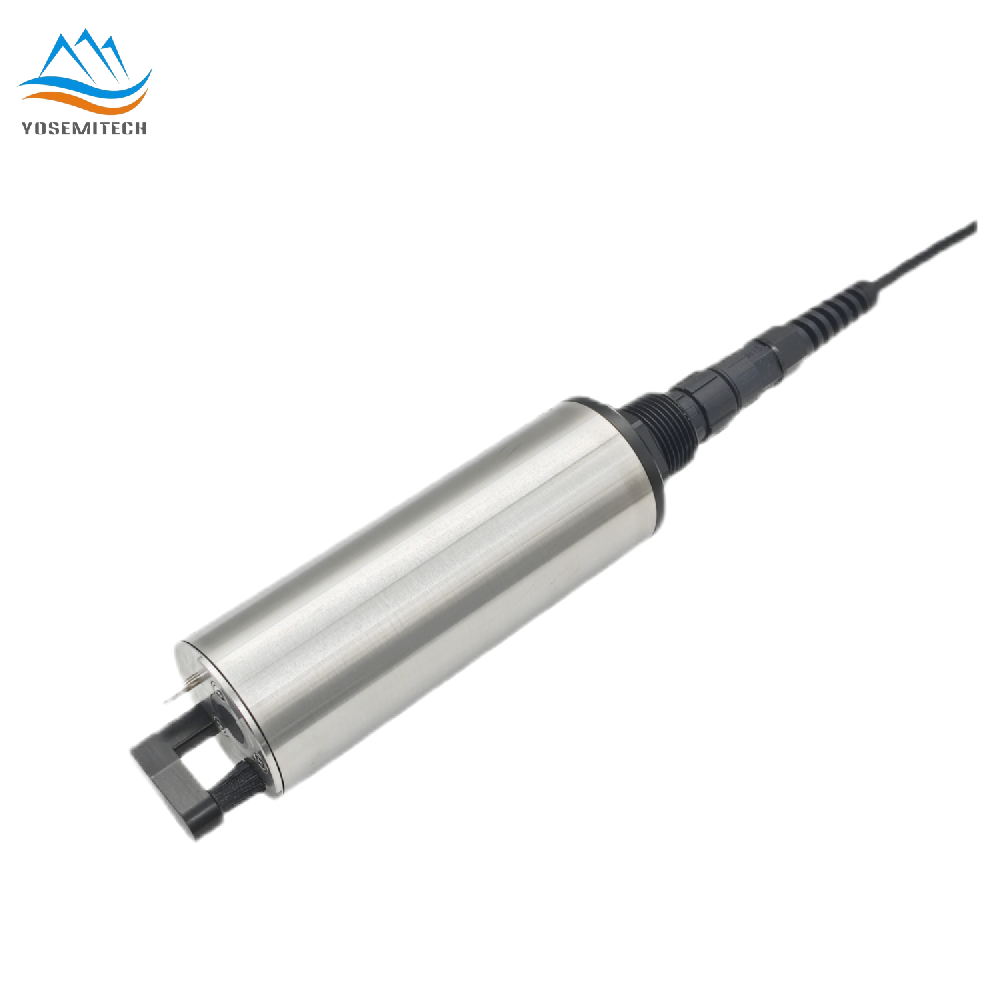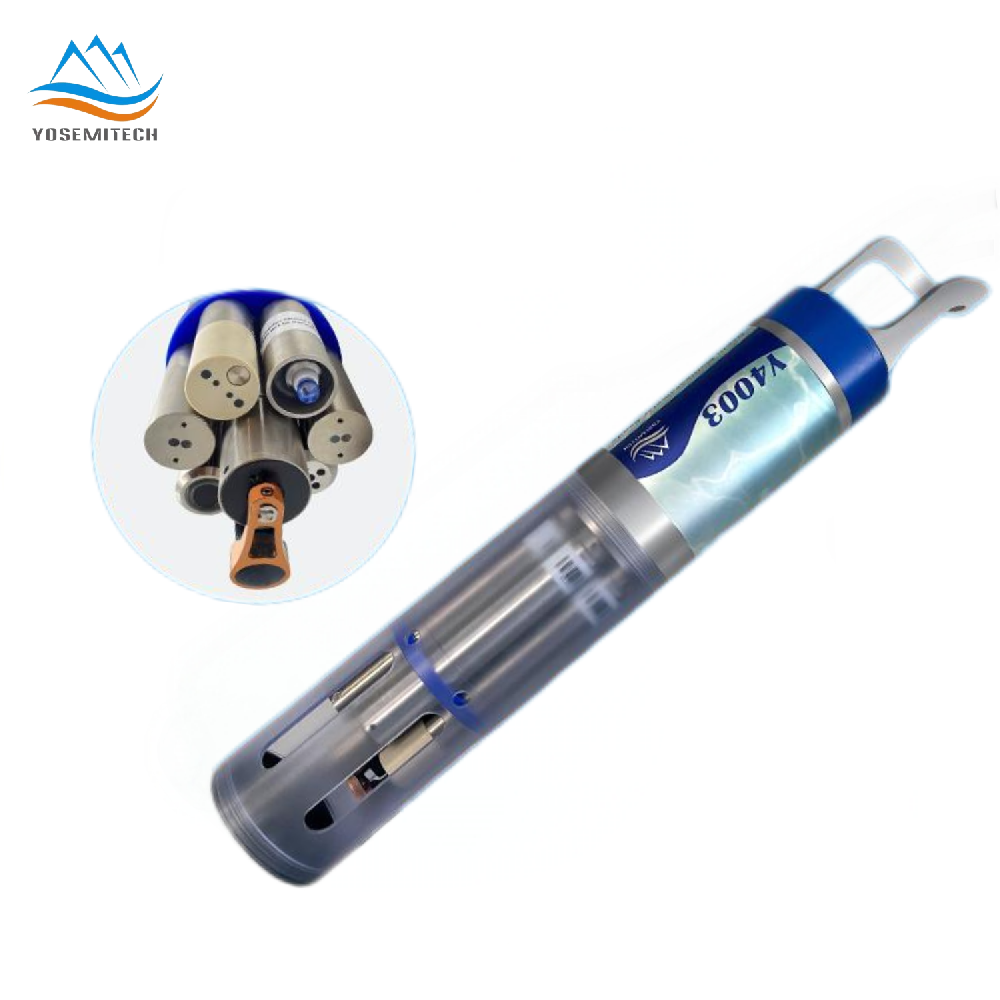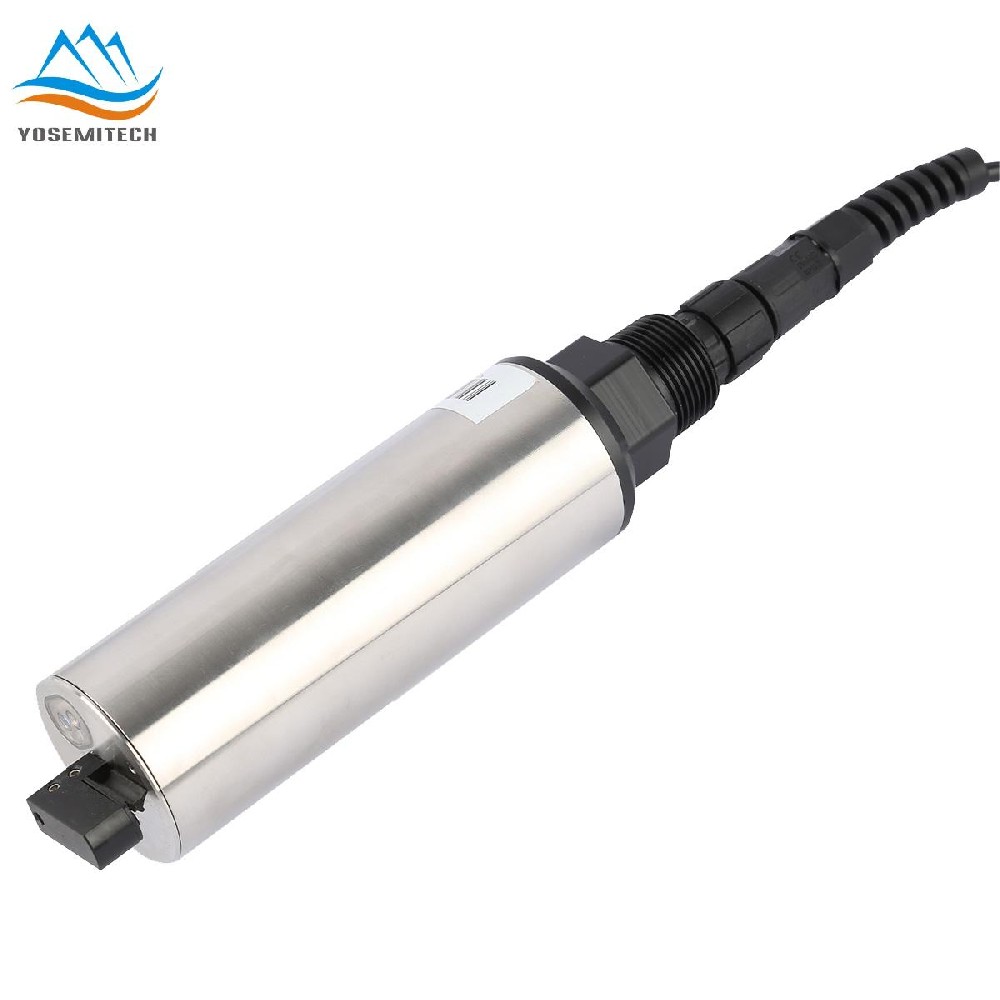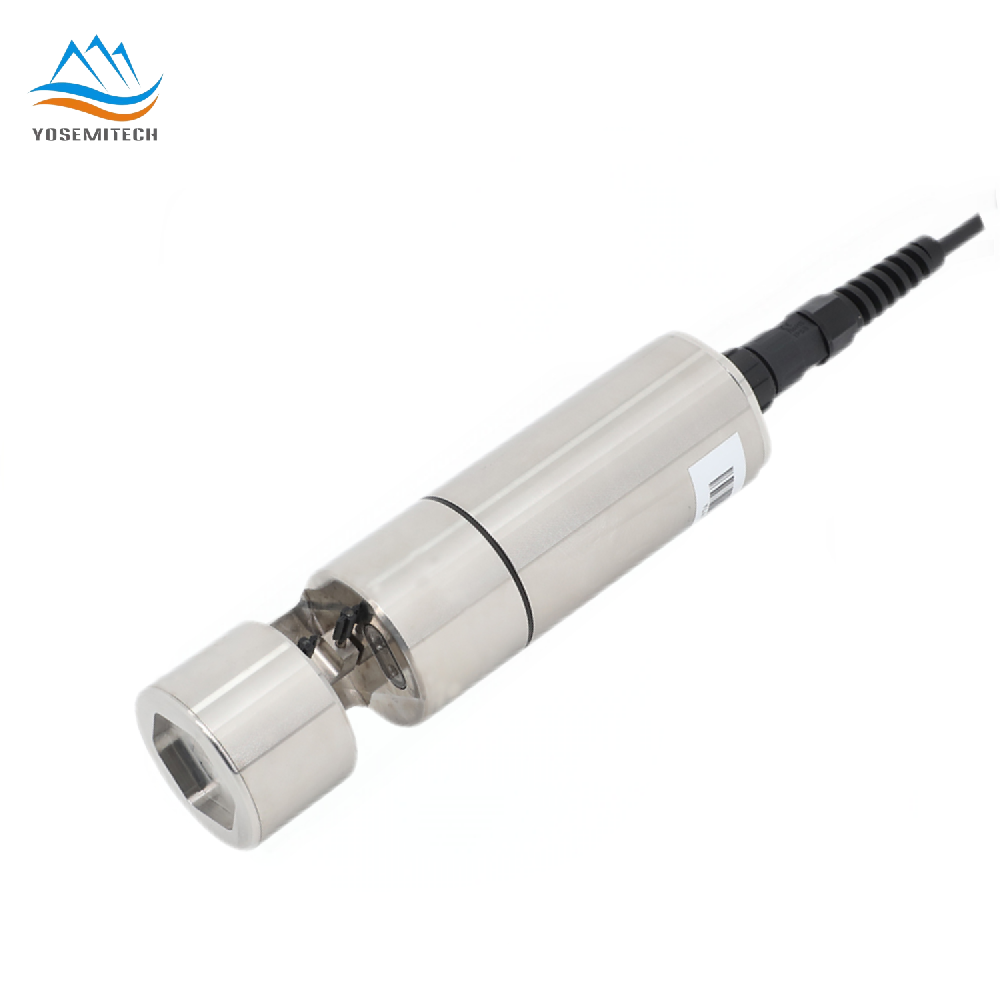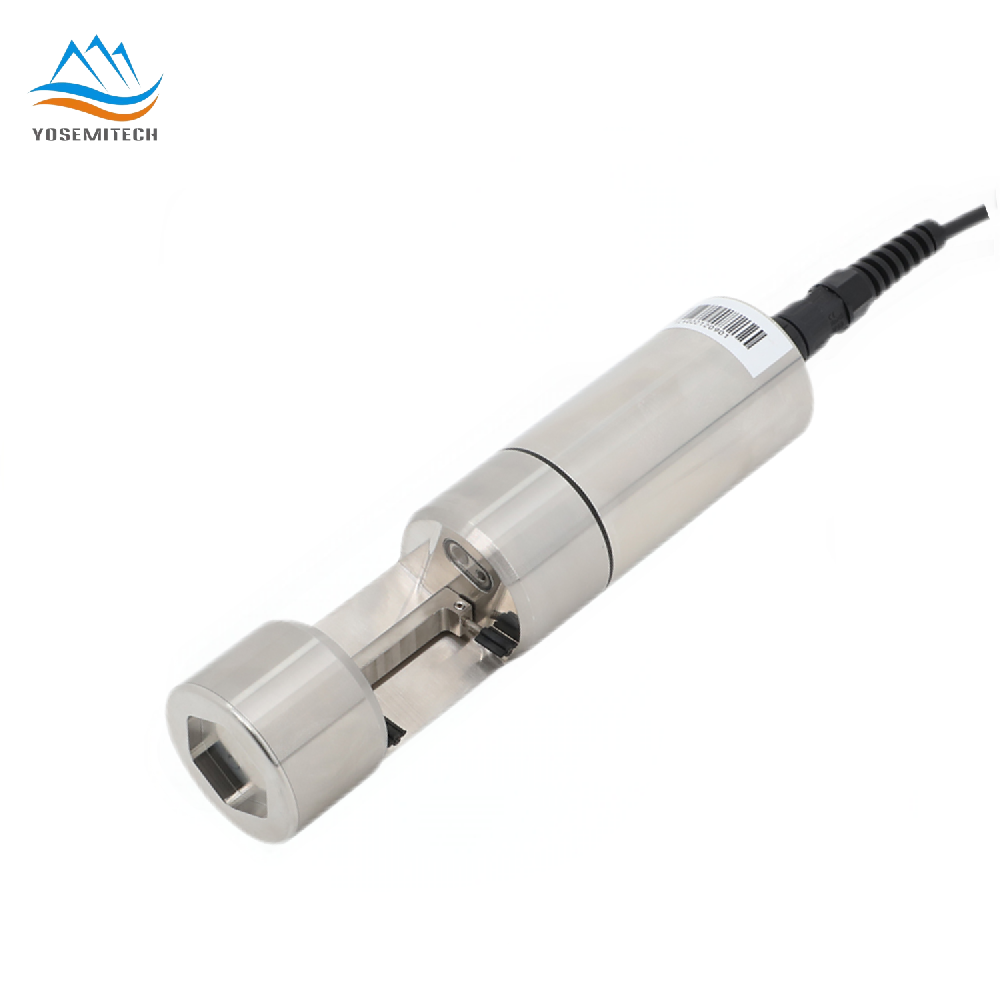Industry news
Dissolved oxygen (DO) control basis and optimization
Writer: admin Time:2023-02-07 15:33:14 Browse:968℃
The concept of dissolved oxygen can be understood as the amount of free oxygen in water, expressed in DO, in mg/L.
Dissolved oxygen plays an important role in actual sewage and wastewater treatment operations. The deterioration or excessive fluctuation of this index will often lead to large fluctuations in the stability of activated sludge system, which naturally has a significant impact on treatment efficiency.
1. Written definition and practical understanding
It should be said that in theory, when the DO value detected at each point of the aeration tank is slightly greater than 0 (such as 0.01mg/L), it can be understood that the oxygenation meets the requirements of the microorganism in the activated sludge for dissolved oxygen.
But in fact, instead of simply limiting the dissolved oxygen to a level greater than zero, we applied the textbook approach of limiting DO to 1 to 3mg/L.
The reason is that the distribution of dissolved oxygen is different from that of each aeration tank.
In order to conservatively stabilize the requirement of dissolved oxygen in the decomposition of organic matter or in the process of its own metabolism, DO was controlled at 1 ~ 3mg/L.
However, the actual operation and the written fixed and rigid DO theoretical value is often different, not only according to the written theoretical value, but also fully combined with the actual situation!
From the actual situation, it is found that it is not necessary to control the dissolved oxygen within 1 ~ 3mg/L in many cases in the actual operation, especially it is meaningless to control the dissolved oxygen beyond 3mg/L. The only result is the waste of electric energy and the small suspended particles in the water.
Therefore, according to the written theory and the actual situation should be combined to control the dissolved oxygen reasonably.
2. Control basis and optimization of dissolved oxygen
Main basis: raw water quality (organic matter, nitrogen, phosphorus), activated sludge concentration, sludge settlement ratio, pH, temperature, food microratio (F/M), etc.
Of course, the theoretical value given on the paper: the concentration of dissolved oxygen under general aerobic conditions is ≥2.0 mg/L, the concentration of dissolved oxygen under anaerobic conditions is ≤0.2 mg/L, and the concentration of dissolved oxygen under anoxic conditions is 0.2-0.5 mg/L.
Specific still want to grasp according to actual circumstance.
(1) Water quality of raw water: the more organic matter content in the general raw water, the more oxygen consumption of microbial catabolism, as well as nitrification reaction to the demand for dissolved oxygen, so the control of dissolved oxygen to pay attention to the change of water amount and the content of organic matter in the water.
(2) activated sludge concentration: in order to remove pollutants, and reach the discharge concentration of the case to reduce the concentration of activated sludge, which is very beneficial to reduce the aeration, reduce power consumption.
At the same time, in the case of low activated sludge concentration, more attention should not be overaeration, otherwise there will be sludge expansion, making the effluent turbidity;
Of course, high activated sludge concentration requires higher dissolved oxygen, otherwise there will be anoxic phenomenon, so that the effect of sewage treatment is inhibited.
(3) sludge settlement ratio: excessive aeration will make small bubbles attached to the activated sludge on the bacterial micella, resulting in activated sludge floating to the liquid level, so that the sludge settlement performance becomes worse.
This problem should be paid attention to in the actual operation, especially when sludge filaments swell, it is more likely to lead to the aeration of small bubbles attached to the micelles, resulting in a large amount of scum on the liquid level.
(4) pH: through the concentration of activated sludge and microbial impact, indirect impact on the dissolved oxygen.
Therefore, in the control of sewage treatment, in addition to fully understand the function of the regulating pool, it is necessary to establish a relationship with the discharge unit to understand the situation of sewage water quality, so as to add appropriate reagents to neutralize the abnormal pH.
Temperature: under different temperatures, the concentration of dissolved oxygen in sewage is different, which will affect the concentration of activated sludge and microorganisms.
Low temperature and high temperature will affect the dissolved oxygen and microbial activity in the water, making the sewage treatment efficiency low.
For low temperatures in the north, it is usually built underground or semi-basement or indoor treatment;
For high temperature weather, the temperature in the pool can be adjusted by adjusting the pool so as to improve the treatment efficiency.
Food microratio (F/M) : The higher the food microratio, the lower the oxygen demand is, the higher the relative oxygen demand is. This shows that we can achieve the purpose of energy saving through food microratio in the water treatment process, that is, on the premise of ensuring the treatment effect, try to improve the food microratio to avoid unnecessary aeration consumption.
CATEGORIES
CONTACT US
Yosemitech Technologies Co., Ltd
 +86 19984844080
+86 19984844080
 sales@yosemitech.com
sales@yosemitech.com
 Bldg,25,CECEP Industrial Park, No. 18 Dongchang Rd. Suzhou Industrial Park, Jiangsu Province,China 215126, China
Bldg,25,CECEP Industrial Park, No. 18 Dongchang Rd. Suzhou Industrial Park, Jiangsu Province,China 215126, China
